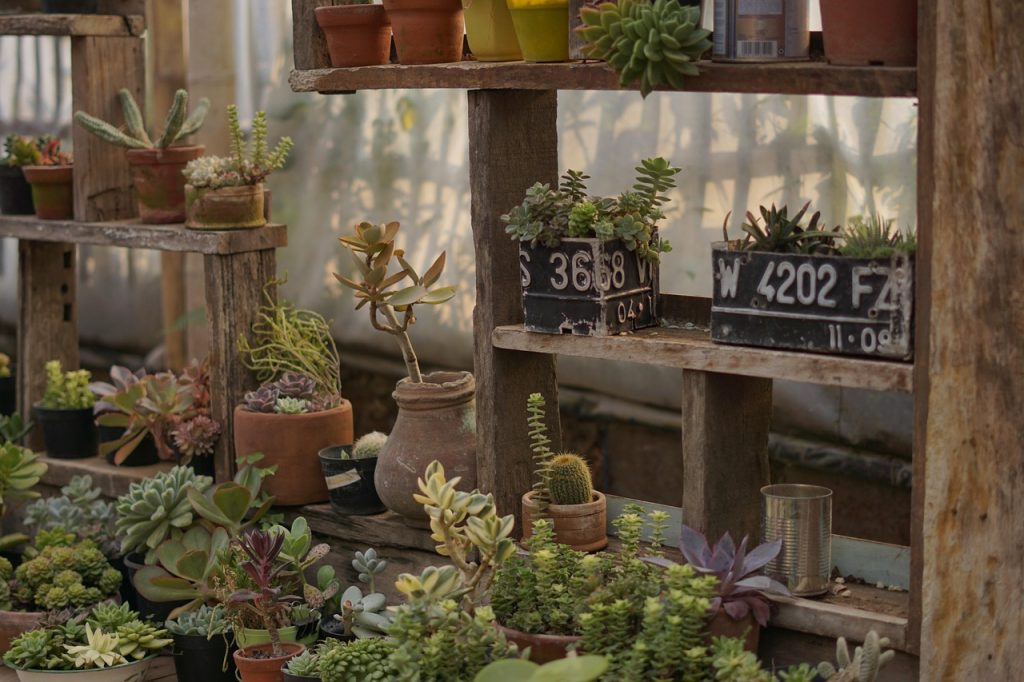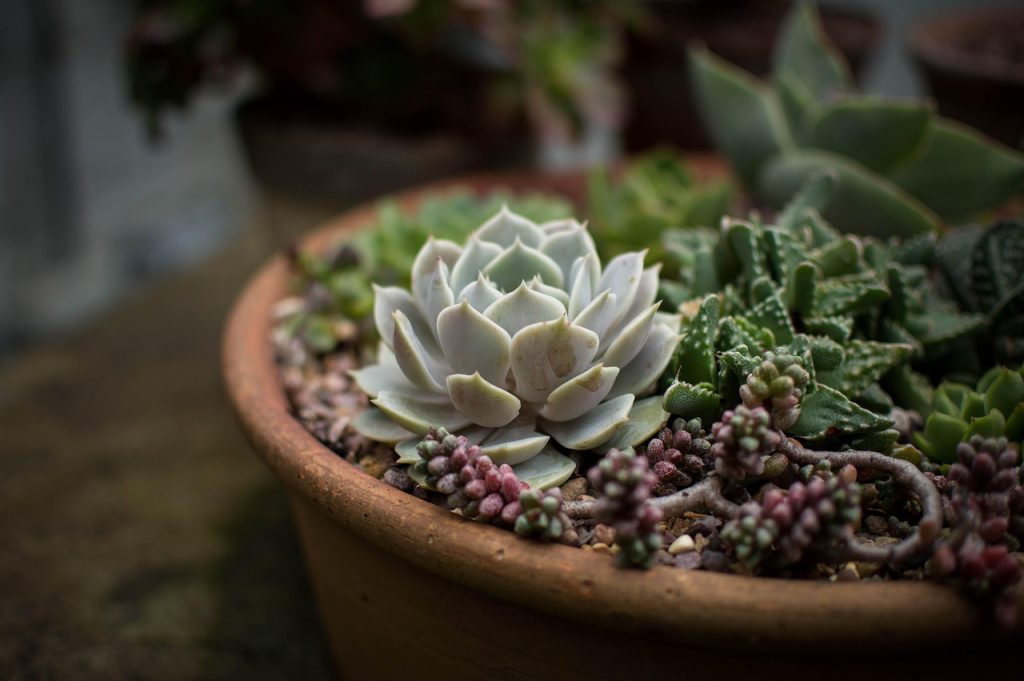As the cold months approach, gardeners and plant enthusiasts often face the daunting task of adapting their plant care routines to ensure their cherished greenery survives and thrives in winter. Unlike the vibrant spring and summer months, winter presents unique challenges such as reduced sunlight, fluctuating indoor temperatures, and dry air, all of which can stress even the hardiest plants. In this article, we explore essential winter plant care strategies to keep your indoor garden flourishing until the warmth of spring returns.
Understanding the Impact of Winter on Indoor Plants
Winter can be a challenging time for indoor plants due to several environmental changes. The amount of natural daylight decreases significantly, leading to photosynthesis reduction, which can slow plant growth. Additionally, indoor heating systems can cause drastic fluctuations in temperature and humidity levels, creating an inhospitable environment for many plants. Understanding these changes is crucial for adjusting your plant care routine effectively.

The Role of Light in Winter Plant Care
Light is one of the most critical factors for plant health, and winter’s reduced daylight can be problematic. Consider relocating your plants to the brightest spot in your home, typically near south or west-facing windows. If natural light is insufficient, supplement with artificial grow lights, which can provide the necessary light spectrum for photosynthesis.
Maintaining Optimal Temperature and Humidity
Indoor heating systems can lead to dry air and warmer temperatures, which are not ideal for many plants. To counteract this, consider using a humidifier to maintain humidity levels between 40-50%, which is beneficial for most tropical houseplants. Additionally, keep plants away from direct heat sources like radiators or fireplaces to prevent heat stress.
Temperature Regulation Tips
- Place plants in rooms with stable temperatures, ideally between 65-75°F (18-24°C).
- Avoid sudden temperature changes by keeping windows closed during cold spells.
- Use a fan to improve air circulation, which helps prevent fungal diseases.
Watering and Fertilizing Adjustments
Winter typically requires a reduction in watering frequency, as most plants enter a dormant phase and require less moisture. Overwatering can lead to root rot, so it’s crucial to allow the topsoil to dry out between waterings. Fertilizing should also be reduced or halted altogether, as plants need minimal nutrients during dormancy.
Watering Best Practices
- Check soil moisture by inserting your finger about an inch deep; water only if it feels dry.
- Use room-temperature water to avoid shocking the roots.
- Ensure pots have drainage holes to prevent water accumulation.
Common Winter Plant Problems and Solutions
Despite your best efforts, indoor plants can still encounter issues during winter. Here are some common problems and their solutions:
Dealing with Leaf Drop
Leaf drop is a common response to stress from environmental changes. Ensure consistent lighting, temperature, and humidity, and avoid moving plants frequently.
Addressing Pest Infestations
Winter can sometimes bring pest issues indoors. Regularly inspect plants for signs of pests like spider mites and aphids, and treat with insecticidal soap or neem oil as needed.

The Benefits of Seasonal Plant Care
Adapting your plant care routine to suit winter conditions not only helps maintain plant health but also enhances your indoor environment. Healthy plants can improve indoor air quality and add a touch of nature to your living space, providing a sense of tranquility and well-being during the often dreary winter months.
Frequently Asked Questions
It’s best to water less frequently, allowing the topsoil to dry out before watering again. This can vary depending on the plant species and indoor conditions.
It’s better to keep plants away from direct heat sources. Instead, maintain a stable room temperature and use a humidifier to provide the right conditions.
Most plants do not require fertilization during their dormant period. It’s best to resume fertilizing in the spring when growth resumes.
Yellowing leaves can indicate overwatering, poor light, or nutrient deficiencies. Assess the growing conditions and adjust accordingly.